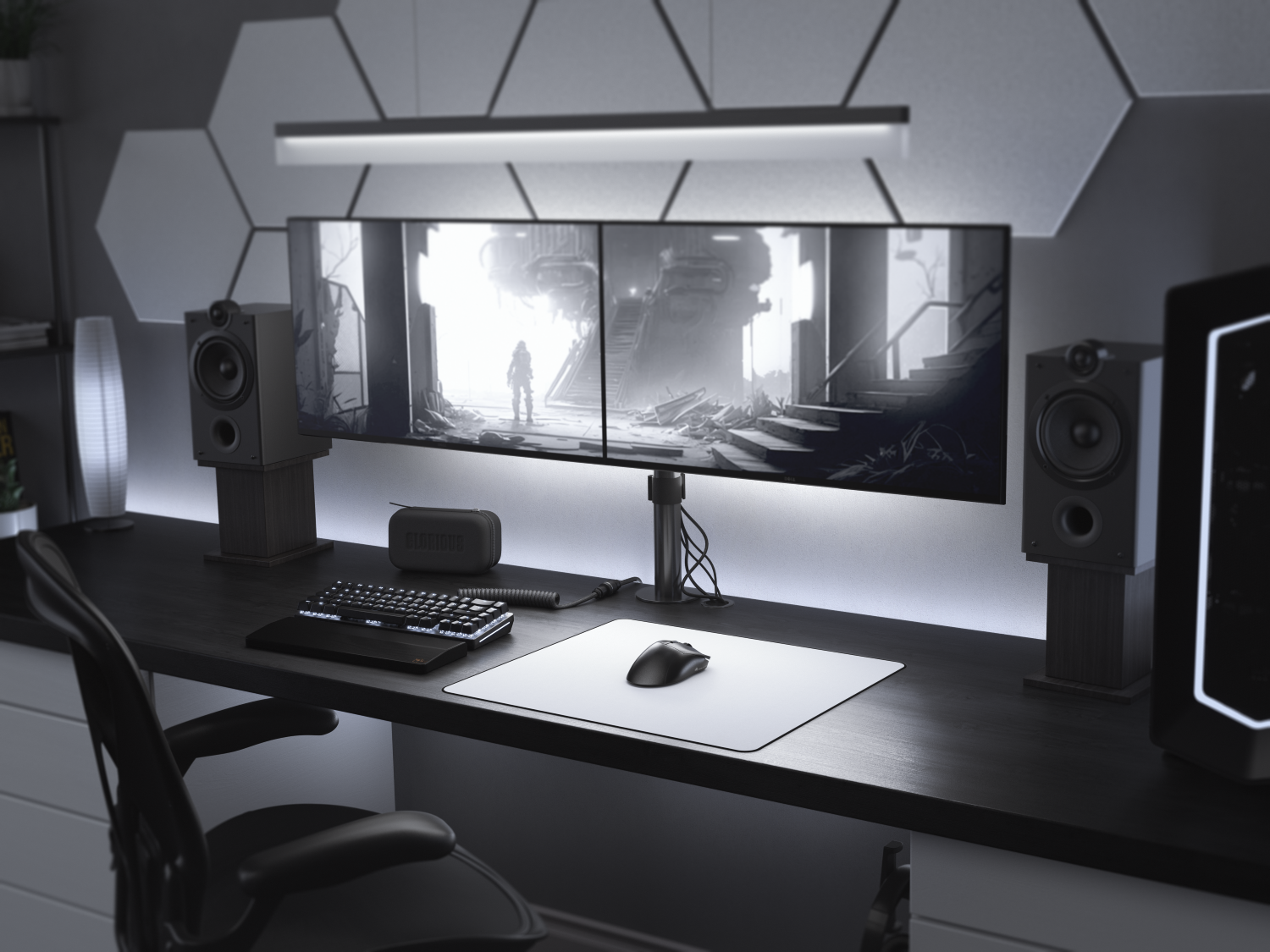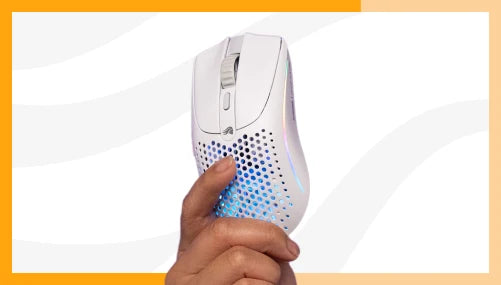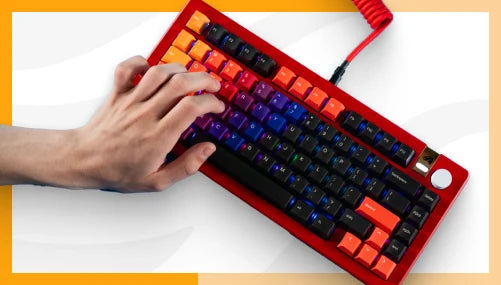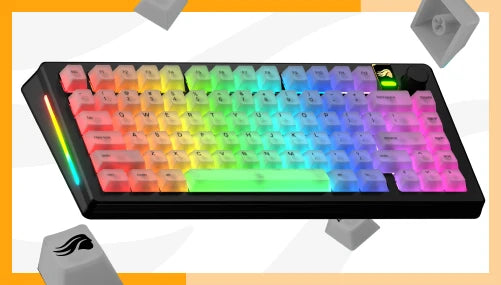
Understanding Mouse Setting: DPI, IPS, Acceleration, and LOD
Resources
Oct 13 2023
When it comes to the technical side in the gaming world, you sometimes come across terms like DPI, IPS, LOD, and ACC. You may find yourself wondering: what do they mean, or more importantly– why do they matter? If you’re an avid gamer, understanding these specifications can help improve your overall gaming performance. By understanding these concepts and applying it to your mouse settings, you can help level up your aiming accuracy, responsiveness, and overall control.
This article will delve into four essential parameters of gaming mouse settings – DPI, IPS, LOD, and Acceleration, and we’ll explain their significance in specific gaming scenarios.
1. IPS (Inches Per Second) – Tracking Movement Speeds:
IPS indicates the maximum speed at which you can move your mouse while it continues to track your movements smoothly and accurately.
Why it matters:
In fast-paced FPS or Battle Royale games, “flicking,” or quickly snapping your mouse to a target, is essential for victory. A higher IPS speed ensures that even during the fastest flick movements, the mouse is accurately capturing your movement for uncompromised precision. This is especially useful for low sensitivity (DPI) gamers who need to move their mouse faster and over greater distances to aim.
The BAMF 2.0 optical sensor has a competitive 650 IPS, which means it can track movements as fast as 54 feet in a single second – a speed virtually impossible for a human to accomplish alone.
2. DPI (Dots Per Inch) – Sensitivity and Precision:
DPI, or Dots Per Inch, refers to the amount of dots (screen pixels) the cursor will move for every inch you move the mouse on your desk. The higher the DPI setting is, the further the cursor will move with each physical movement of the mouse. And vice versa.
Why it matters:
Depending on your preference or the demands of a specific game, adjusting DPI can ensure either smaller, finely controlled movements or more expansive, rapid movements. A higher DPI means faster, more reactive movements, while a lower DPI lets you snipe with pinpoint accuracy.
Our PRO Series Mice have a dedicated button for cycling between DPI settings for on-the-fly sensitivity adjustment. This allows you to shift between faster and slower movements depending on the need in the game.
An important thing to note is that monitor resolution changes how much DPI affects how sensitive the mouse feels. A monitor with a higher resolution (dot count) requires a higher DPI setting to feel as sensitive as a lower resolution monitor on a lower DPI setting.
3. Acceleration (G) – Swift Movements and Directional Shifts:
Acceleration refers to the mouse sensor's ability to accurately track rapid movements, especially quick starts, stops, or changes in direction. A high acceleration rating ensures that the mouse remains precise and reliable during fast-paced actions, such as swift swipes or flicks, without losing tracking accuracy.
To explain the difference between IPS speed and Acceleration, we like to say that IPS ensures accurate tracking at high straight-line speeds, like a drag race. Acceleration ensures accurate tracking during sharp, sudden turns, like a rally race.
Why it matters:
It’s particularly crucial for action-packed games, from quickly moving between targets to quickly spinning around before someone gets the drop on you. A high and reliable acceleration rating means your mouse won't lose tracking precision during rapid directional changes, especially during quick, sharp turns with rapid changes in momentum.

4. Lift-off Distance (LOD) – Controlling Unwanted Movement:
LOD, or lift off distance, refers to the height at which a mouse sensor stops tracking movement when the mouse is lifted off its surface.
Why it matters:
LOD is essential during moments when players need to reposition their mouse without affecting the game's ongoing action. Lifting and dropping the mouse to aim is especially common for low sensitivity (DPI) gamers who need to quickly and constantly do so to pull off quick movements.
When LOD is too high, it can cause the cursor to jump or move erratically when the mouse is lifted off the surface, which can be problematic when quick, precise movements are required. Keeping your mouse at a LOD can prevent unintentional or sporadic cursor movements.
Using Glorious CORE, you can easily and quickly adjust your LOD down to just 1 mm to ensure a seamless gaming experience during your gameplay.

Bottom Line
Though the world of gaming mouse setting comes with technical jargon, understanding these terms can truly help enhance your gaming performance. DPI, IPS, Acceleration, and LOD each play crucial roles in shaping the gaming experience. Whether you're an FPS enthusiast, a real-time strategy gamer, or an MMO player, appreciating these parameters allows you to adjust your mouse to the exact setting you need.


